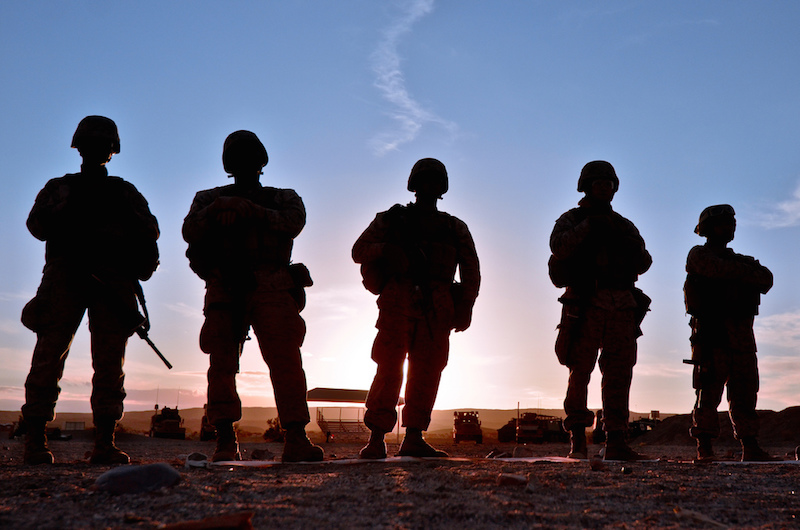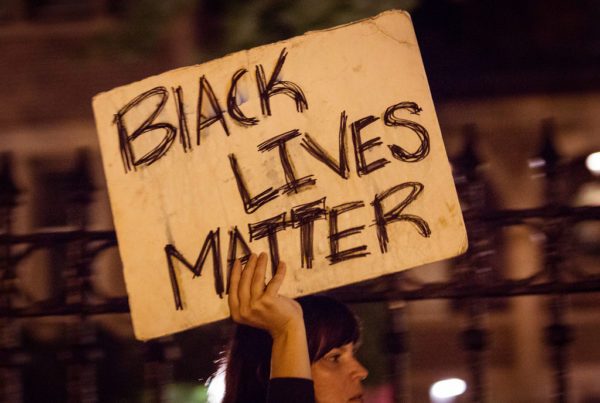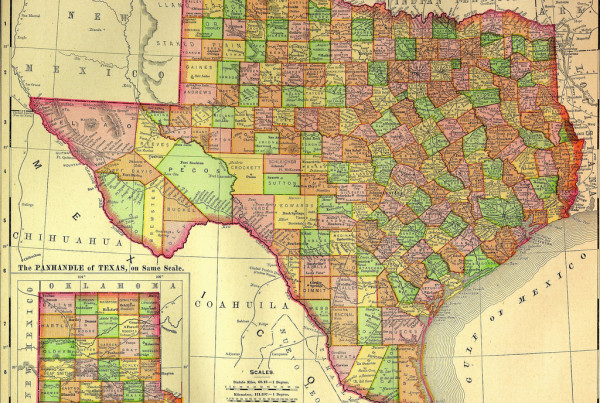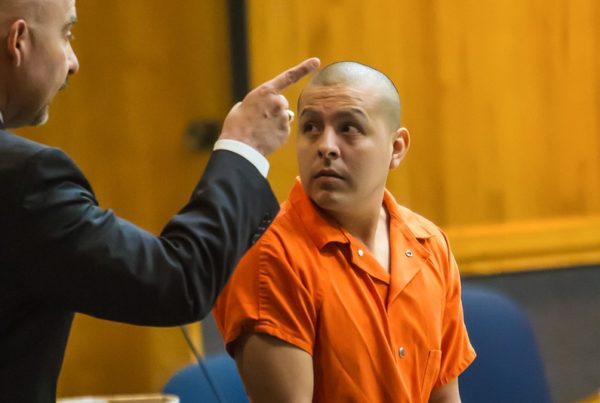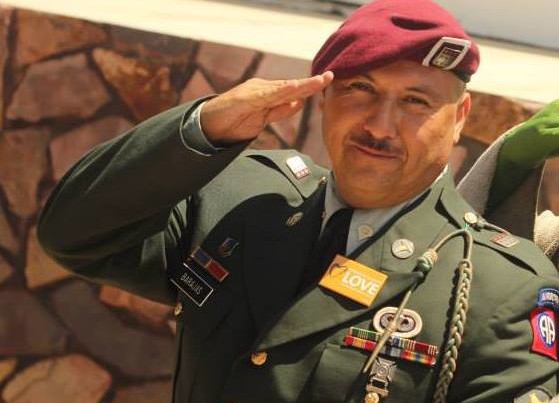A new report from the Department of Veterans Affairs says 20 veterans die by suicide every day. The rate of suicide among veterans compared to the civilian population is high.
Leo Shane, a congressional reporter for the Military Times, says the data release is causing a mix of emotion.
“That’s a pretty high number and it’s very concerning to hear about,” Shane says. “But a lot of the veterans groups are happy that there is a solid number at this point.”
Past numbers of those veterans who completed suicide have been largely based on guesswork by the Department of Veterans Affairs and veterans groups, Shane says.
“This is the first comprehensive study they’ve been able to do,” he says. “They’ve pulled in (Department of Defense) records, Center for Disease control records, records from all 50 states and really put together the first massive comprehensive look at exactly what the problem is. The first step in really fixing the problem is really understanding the problem.”
Shane says a few numbers stuck out to him. A lot of people associate the number of suicides among veterans with recent wars – like the Iraq War – but Shane says that 655 of all suicides in 2014 were from veterans who were 50 years or older. Only some of these veterans had been involved in recent wars.
The data also show a significant rise in the number of female veterans who died by suicide. Women were two and a half times more likely to take their own lives than their civilian counterparts.
Shane says that many of the veterans who died by suicide were not connected with veterans affairs services, which was something that the VA had suspected for a while. Out of the 20 veterans a day who die by suicide, 14 of them did not use VA services.
“It shows just how important it is to not only get veterans into VA services but to make sure the services are working right,” Shane says. “A lot of these veterans are folks that aren’t reaching out for help, that aren’t seeing what services are available. And veteran’s groups and mental health advocates have said if help was available … that can help a lot of folks and that can save a lot of lives.”
Suicide among veterans is an issue the VA has long been working to quell. Shane says this data is the first step.
“That’s the starting point for these veterans groups and for the VA now to look at and say ‘Why is this happening, why are these populations being targeted and how can we fix it,’” he says.
Next the plan is for the VA and veterans groups to dive further into the data, going back 30 to 40 years.. There will be a more comprehensive report released later this month. Researchers will be looking for commonalities between veterans who have died by suicide – whether that be regional, by age or other factors – and asking if there are ways to more effectively get resources to veterans with mental health challenges.
This data hasn’t been available in the past, instead Shane says VA and veterans groups have been working off of best practices, hoping they got it right.
“That’s why the veterans community is looking at this with a little bit of relief and optimism,” Shane says. “Because it really does start to give them a set of data tools to find ways to save more lives. “
Post by Beth Cortez-Neavel.


